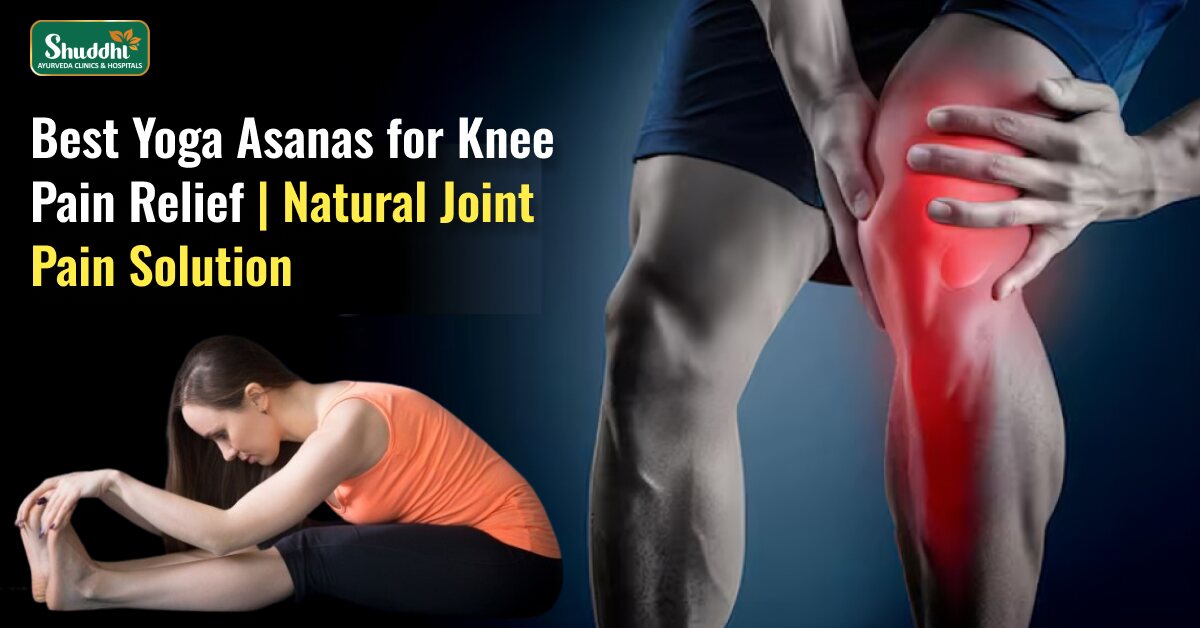
**Comprehending and Dealing with Post-Yoga Discomfort**
Yoga is celebrated for its capacity to improve flexibility, strength, and mental focus. Nonetheless, like any workout, it may also result in muscle discomfort, particularly after a more strenuous session or when new poses are introduced. This phenomenon, commonly referred to as delayed onset muscle soreness (DOMS), is an inherent aspect of your body’s healing and recovery mechanism. While this discomfort indicates muscle adaptation and strengthening, it can be bothersome. Thankfully, there are several effective measures you can adopt to ease this post-yoga discomfort.
### What Triggers DOMS in Yoga?
Following an intensive or profound yoga class, numerous practitioners encounter DOMS, which generally manifests 12 to 24 hours after exercise and may persist for up to 72 hours. This results from tiny damage to muscle fibers during activity, particularly when engaging in new or challenging poses. The body reacts by commencing a repair process, marked by inflammation, resulting in soreness and rigidity.
### Suggestions to Reduce Discomfort
1. **Hydration is Essential**: Maintaining proper hydration before and after yoga can assist in eliminating toxins and ensuring nutrients reach muscles effectively, promoting recovery.
2. **Post-Yoga Stretching**: Incorporate gentle stretching to alleviate any remaining tension in your muscles. Concentrate on deep, prolonged stretches that correspond to the areas you targeted during your practice.
3. **Warm Baths and Epsom Salts**: A warm bath can soothe muscles and improve blood circulation. Adding Epsom salts offers magnesium, which is recognized for relieving muscle pain.
4. **Foam Rolling**: This self-myofascial release method can ease tension in sore muscles and enhance blood flow, expediting recovery.
5. **Nutrition and Rest**: Consume high-protein foods, vitamins, and omega-3 fatty acids to support muscle recovery. Ensure sufficient sleep to aid the body’s natural healing processes.
6. **Cold Therapy**: Utilizing ice packs or taking cold showers can mitigate inflammation and alleviate discomfort shortly after an intense session.
7. **Gentle Movement**: While rest is vital, avoid becoming overly inactive. Participating in light activities like walking or gentle yoga can keep muscles engaged and improve circulation.
8. **Massage**: A professional massage can thoroughly relax muscles and alleviate tension. It also enhances circulation, aiding in recovery.
9. **Progress Gradually**: To avert excessive soreness, gently increase the intensity of your yoga practice. Progress your limits slowly to give your body time to adjust.
10. **Mindful Breathing and Meditation**: Engage in mindfulness techniques to help manage pain perception and foster overall relaxation.
### Conclusion
Experiencing soreness after a rigorous yoga session is normal and indicates that your body is positively responding to new physical challenges. By comprehending DOMS and applying the aforementioned strategies to lessen its impact, you can boost your recovery and continue to enjoy your yoga practice without pain. As you grow more aware of your body’s responses, you’ll be better positioned to customize your practice for optimal personal development and physical wellbeing.